In Dec ’06 I visited Hokkaido to photograph the Red-Crowned Cranes. Two weeks ago, we started a series of travelogue style episodes in which you can join me on my photographic adventures and share my experiences while viewing some of my shots in iTunes or on my Web site. We pick up the trail at the start of the third day and really today we’re just going to look at a whole load of shots from this day, before we wrap up with the final day next week.
Before we go on to the main topic for today, note that the Martin Bailey Photography Podcast is currently being sponsored by top camera bag manufacture Lowepro. Over 40 years of firsts in camera bags. If you didn’t yet hear my review of the bags I use and details of the Stealth Reporter D650 AW camera bag that you can win in the Photography Assignment, please listen to Episode 70 of this Podcast. There’s still plenty of time to scoop this amazing prize. Thanks again to Lowepro for your support!
So as I explained in the first episode of this travelogue of my Dec 2006 trip to Hokkaido, I wanted to get three types of shots. One of the cranes in the mist from the Otowa Bridge, another was cranes in the golden early morning sunlight, honking, with their breath visible, freezing in the stark morning air, and the last one was a shot of the cranes flying in the dark at the end of the day, with the movement of their wings captured by a slow shutter speed. At the end of Episode 72 we saw that I was now happy at getting the first few shots of this last type of shot, just before it got totally dark on the second day. This was always going to be the easiest shot to get though. The only way it would have not been possible is if there had been no cranes at all, and thanks to the Sanctuary, that was very, very unlikely. The other two types of shots though require certain weather conditions. It needs to be minus 15 degrees Celcius or 5 degrees Fahrenheit before the mist appears on the river. It also needs to be pretty cold before the breath of the birds freezes, and so far it had not gotten that cold. Also, when I visited the Otawa bridge on the first day, there’d been no cranes either. Apparently they roost in the river when it’s cold, only flying to the Sanctuary some 3 miles away after the morning sun has warmed them up a little. However, on warm days, they roost in other locations and go to the Sanctuary very early. It was I think a few degrees below freezing when I turned up at the bridge at 6AM on the morning of the third day, about 50 minutes before sun-up, but there was no mist. There were a few birds, but not many and it was really pretty uneventful, so I packed up quickly and drove to the Sanctuary, paying attention to a few others locations where the birds might be, but there were none around.
So, as with the previous day, I went to the Sanctuary for an hour before going back to the hotel for breakfast. Not cold enough to freeze the birds breath, I continued shooting anything that I thought might work out. I’d been there for a while when I shot image number 1225. This is one of the sort of shots that I mentioned last week, where the bird doesn’t really have to be doing anything to still play its part in the shot. It was snowing a fine light snow, and this crane was just standing there on one leg, bearing the cold, and surveying its domain. With the 600mm lens, I could frame the bird in the bottom left, and still get lots of that tree that adds a nice element to the shots of the Sanctuary. I thought about grabbing the 100-400mm lens and composing this a little wider, but didn’t think it necessary. This way, I get to frame the shot with roughly the same amount of space from both the crane and the tree, to the edge of the shot. The slowish shutter speed of 1/80th of a second allowed for some movement of the snow to register, making it more prominent, so we can kind of feel the cold and bleakness of the scene. There were a few blades of grass from where I was standing for this pre-breakfast session on this day, that have snuck into the bottom of the frame. Because they were quite close and I was shooting at F5.6 giving me a very shallow depth of field, they appear just like shadows and not really that annoying, but I think I’ll probably remove these at some point, just to clean the shot up a little. I’m not too bothered about cloning out something like this, as long as it doesn’t really interfere with the main subject or overall feel of the shot. One other thing to note about this shot is that there had been other birds walking across the ground between the bird in the foreground and the tree. I had to wait a while for them to move out of the shot before I could capture this one. I recall hoping that the bird we see here didn’t move as well as the others made their way to the edge of the frame.
After breakfast, I was back at the edge of the Sanctuary, this time half way up the slope, so that I was looking down on the upper field from a higher vantage point than I’d set myself yesterday. I had my lunch and a bottle of juice. I had solid-fuel hand-warmers in my pockets, keeping both my legs and my batteries warm, and I had some feet warmers in my shoes, that last about 12 hours in normal conditions, and about 8 hours in these conditions, so I was set for the day again. After I’d been here for a while, steadily shooting, I captured image number 1226, in which we can see a pair of cranes walking across the grass honking in unison. It’s still snowing lightly, but unfortunately not settling. You can see from this photograph that there’s been gradually more and more grass showing each day. The warm spell we were having was really changing the landscape from the pure white wonderland that I’d hoped for to something different, but not necessary all that bad. I’d definitely have preferred pure white though. As you can see, no frozen breath, just a pleasant work of a faithful couple. Unlike the last shot, it had now brightened up considerably. I was back to shooting at 1/400th of a second at F5.6, ISO 100.
In image number 1227 we see another example of a shot where the birds aren’t so large in the composition. This one too I waited quite some time for. I remember actually getting finger-ache, as I kept the shutter button on the 1Ds half-pressed waiting for the right moment. These birds were dancing around for some time, and I also had to wait for some other birds to get out of the shot. I really wanted them in the bottom left, and had positioned the slope of the hill to intersect with the corner of the frame. That also gave me a white background for the birds legs, which helps because their legs are black. Had I shot this with the birds legs a little higher up the hill, their legs would have been lost somewhat against the dark background of the trees, so this was really the perfect spot for the birds and for this shot. At this point in time, the bird on the left bowed down, with the wings and tail cocked up and neck arched, and the bird to the right was responding with a wing display, some fancy footwork and some honking. This is one of my favourites from the trip because it all came together as I’d hoped. Of course, I’d have preferred more snow coverage and it would have been topped off with a little mist or light snowfall, but under the conditions, I’m happy with this. This was shot at 1/400th of a second at F5.6, ISO 100 using the 600mm and 1Ds by the way.
Let’s take a look at another solitary crane shot, which is number 1229. Here again, we have some nice snowfall, and the crane is captured entirely with the field behind it, not cutting into the line of trees, kind of keeping the composition simple. Some patches of rust coloured leaves on the trees in the background adds patches of colour and interest. It was a little darker as the snow fell, due to the heavier cloud and snow itself, so the shutter speed was reduced to 1/250th of a second for this capture. Remember that I was shooting in manual so as not to have to worry about the background colour affecting my exposure as it would have in aperture priority as the birds moved from a white snowy background to a dark background made by the trees. The human eye doesn’t really notice small changes in the level of light, because we’re always in aperture priority mode, but generally we can tell when there are larger changes, so I tend to use these fluctuations as prompts to check the histogram and see how I’m doing. As it gets dark, the spike on the right side indicating how bright my whites are starts to creep over to the left, so I increase the shutter speed to bring it back close to but not touching the right shoulder of the histogram.
In the next two shots, we’ll watch a scene unfold that could have had disastrous consequences but lucky ended up being just a humorous episode. First look at image number 1232, in which we can see two parents and a young crane landing on the plane. I just happened to be tracking these guys as they came into land, and as there were no birds in the way in the foreground, started to make a few exposures as they did so. I do this because the landing can often be worth photographing as the birds spread their wings to slow themselves down and then float up a little before touchdown. They also very of bow down and arch their necks upwards and then kind of do a stretch, as though trying to remove the tightness in their muscles from flying. Well it seems that a gust of wind or something caused the young crane and the one to the right, either mum or dad to bump into each in the final approach. In this first shot we can see that the youngster was kind of hopping over to its right to get out of the way, and the parent to the right of the photograph had hit the snow with its body and the left wing had hit the ground, and the legs had kind of twisted around and folded under the birds torso. This was the dangerous part. It’s very possible for a bird of this size with such long legs to actually break a leg in an accident like this. When I showed these photos to some of the photographer back at the Hotel Taito that night, the first thing one of them said was, “was the bird OK, no broken legs?”. Luckily, the legs seems fine. The bird just seemed literally a little embarrassed as it walked away from the burning wreck.
In the next shot, number 1231, we can see that the youngster had escaped the wreckage with a nifty side-step, but the parent was now well and truly crumpled up, face down in the snow. From a photographic perspective, because I’d been panning in with the birds and was kind of following through with my swing, the tip of the left wing of the bird that crashed was now touching the side of the frame, which I’m a little disappointed in myself for, but you get the picture. You can now see the other parent looking across at the accident. It’s easy to imagine him or her being a little bit worried for the other partner, and I’m sure they were to some extent. I tend to personify just about everything though, not just animals but inanimate objects too, so I don’t know how seriously you should take me when I start talking about this sort of thing. Anyway, no-one was injured in the crash. The emergency services weren’t called, and as far as I can tell, the only party that came out of this badly was the insurance company because of the fraudulent claim made by the Red-Head in the ballet suit. OK, stop that it’s getting silly!
OK, so I continued to shoot through the afternoon, on my third day. As I said, there are lots of other shots on my Web site in addition to the ones we’re looking at, but the next three shots we’re going to look at from this day are three of the darker, high movement panning shots that I got in the last thirty minutes or so of the day. The first, is a really wacky shot, captured at 3:36PM, as it started to get dark. Still at ISO 100, so that I could get a slow shutter speed to capture the movement of the birds, I was now shooting at 1/50th of a second, at F5.6. Again, I was tracking a pair of cranes as they came in to land, and these were heading straight for the middle of the group, which many of them do. I exposed a couple of frames as they opened their wings to stop themselves before making their touchdown, and the result was image number 1236. Now, in this shot, even the heads of the birds aren’t in focus, with the one on the right of the frame about the least blurred part of the shot, so when I first looked at this, initially I was disappointed. But it really grabbed me as an abstract image. The tones and the overall blurring of the background subject compared to the kind of watercolour feel of the two birds coming in to land, with the wings and feathers flailing, almost exploding, just really appeals to me. Technically probably a failure and not for everyone, not the any photography ever is going to be liked by everyone, but I just really like this myself, so I thought I’d include it today.
The next shot, number 1239, is quite pleasing, and almost there with regards to one of the types of shots I was aiming to capture on this trip. Not a lot of movement in the wings, but a nice sharp panning shot, with the background streaming away to the right, to some degree. As both birds seem to be at the extent of their wing movement, before or as they start to flap the wings in the opposite direction, the only real movement in the wings is the feathers at the tips. Now darker, at 5 minutes to 4PM, I had raised the ISO to 400, to keep the 1/40th of a second, which is just about as slow as I wanted to go with the 600mm in these panning shots. I like this one because the two birds wings are in opposite positions and also because of the patches of white in the background between the trees.
Let’s look at one last shot for today, number 1240, in which we can see another exodus of the birds as they take off in a large group to fly back to their roost. This one was also shot with the same settings at the last, at pretty much the same time. Here we have lots of movement, as the birds either run or start to fly in their take off. I had watched the birds walk up the hill from the lower ground to get a better position to take off. The one that is going to start the take off leading the others stands are the front of the group, facing the wind, letting out single short honks, signalling that they’re going to make their move, waiting for the right moment when a breeze comes up to make the take off easier. Once you figure out the habits of your subject like this, it makes it easier to foresee what’s going to happen and get ready to shoot as things happen around you. This is probably the one shot in which I really like the mottled effect of the patchy snow, as it is a little blurred from the panning, making for a nice foreground. I was wondering about the fact that some of the birds on the left of the photo are cut-off halfway, but I decided to leave them in and not crop them out, because that way we see that this is a larger group than just the birds captured, and they are all heading out of the frame, which I think helps to increase the drama. There is another shot, 1243, that I won’t include today, in which there are no birds cut off at either side of the frame, and although I like that one enough to have posted it on my site, I really think it lacks the drama of this shot with the cut off birds.
So let’s leave it there for today, at the end of my third day. Next week we’ll se how I got on, on the final day at the bridge, and then take a look at the images from the last day until just after 2PM when I had to head for the airport, and fly back to Tokyo. Once again, remember that there’s still plenty of time to enter the “Silence” assignment and put your self in a position to win the Lowepro Stealth Reporter D650 AW camera that will be awarded to the entrant with the most votes after the assignment after the current one. Take a look in the Assignment Forum at martinbaileyphotography.com for more details.
One other thing, in the first of this series I mentioned that the shutter on the viewfinder of the 1Ds is to stop light getting into the camera and causing metering faults when your eye is away from the viewfinder and to stop ghosting caused by light entering through the back of the camera during long exposures, again, when you have your eye away from the camera. Well, I received an email from a guy called David Burren, alerting me to the fact that the only use for this now is to stop metering problems. I couldn’t find anywhere on the web to confirm this, but I did a few tests of my own, and sure, there are metering problems if you allow light to get in the back of the camera, but I could not create any ghosting effects under the same conditions, so I’m pretty sure this is good information. Thanks very much for forwarding that David. It’s useful to know that this is no longer an issue.
So that’s it for this week. Let’s catch up again next week to finish the series. Have a great week, what ever you do. Bye bye.
Show Notes
Music from Music Alley: www.musicalley.com/
Subscribe in iTunes for Enhanced Podcasts delivered automatically to your computer.
Download this Podcast in MP3 format (Audio Only).
Download this Podcast in Enhanced Podcast M4A format. This requires Apple iTunes or Quicktime to view/listen.


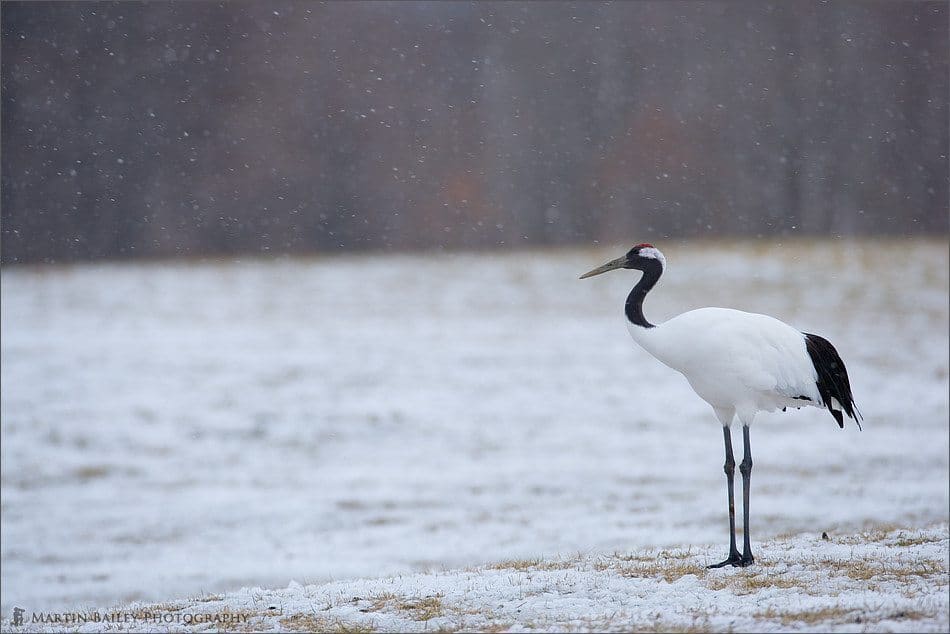
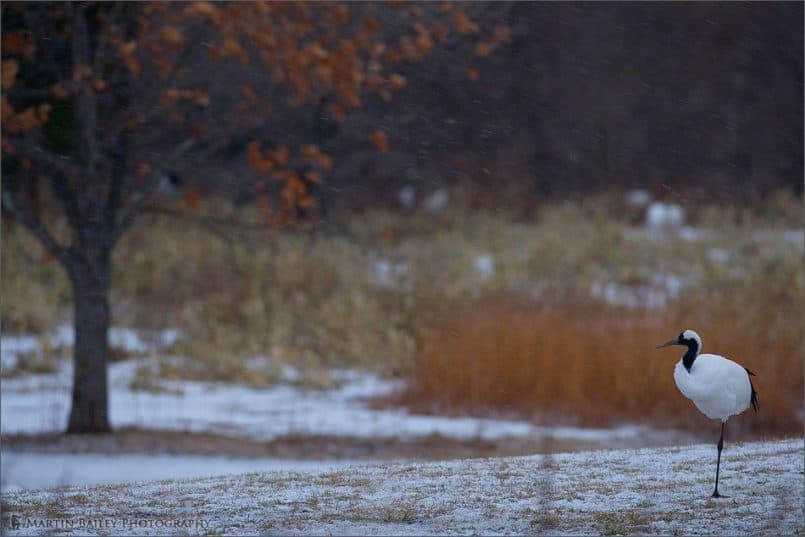
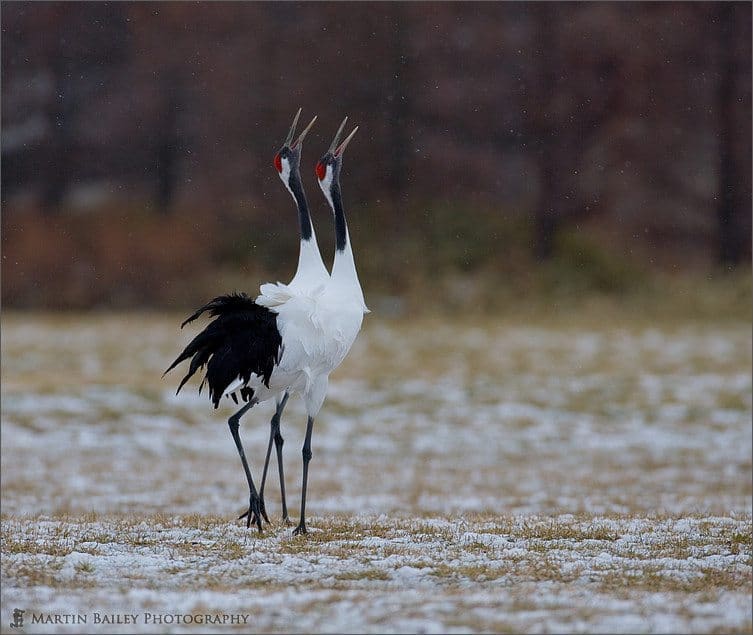
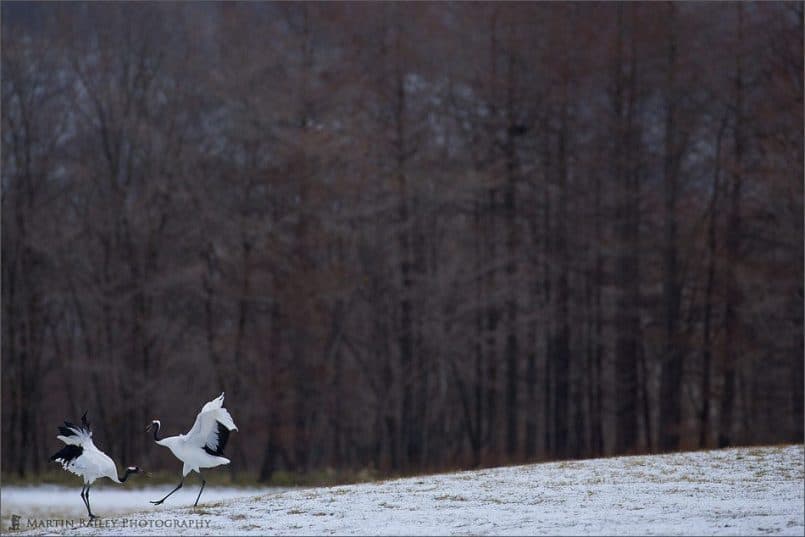
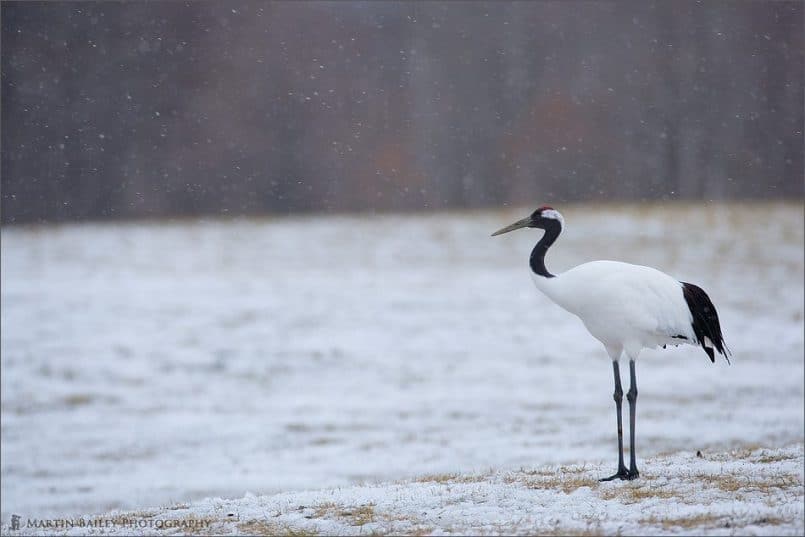
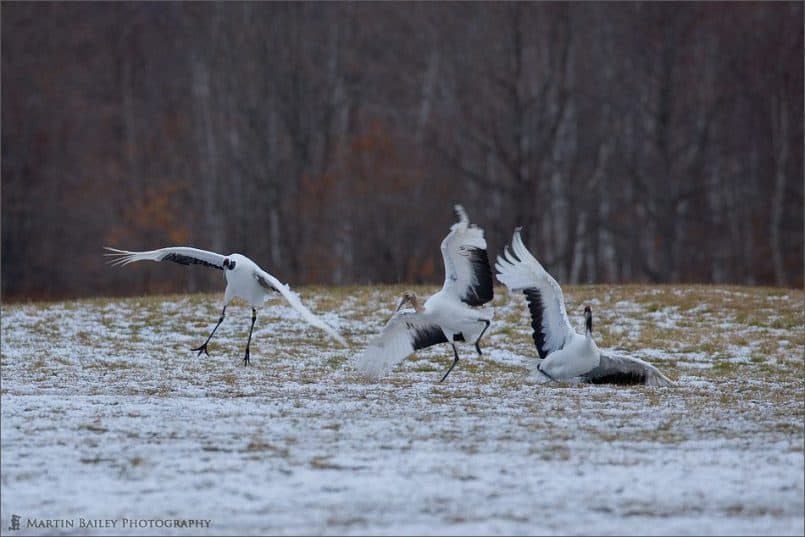
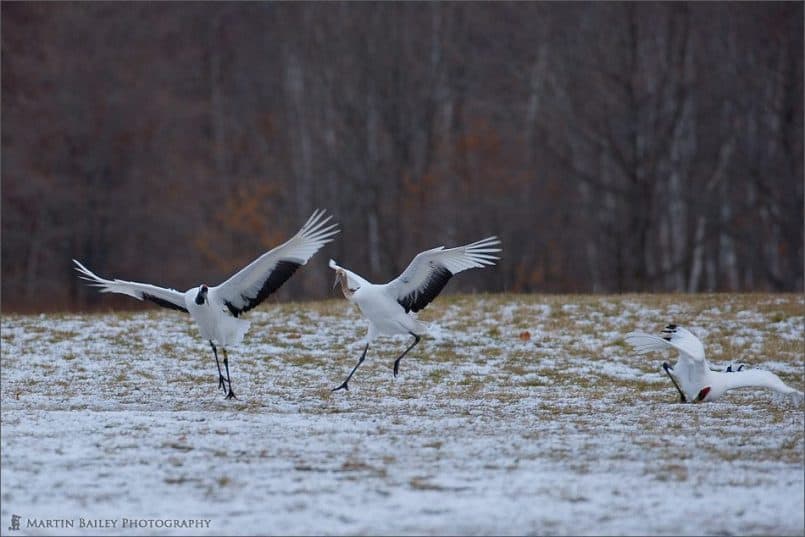
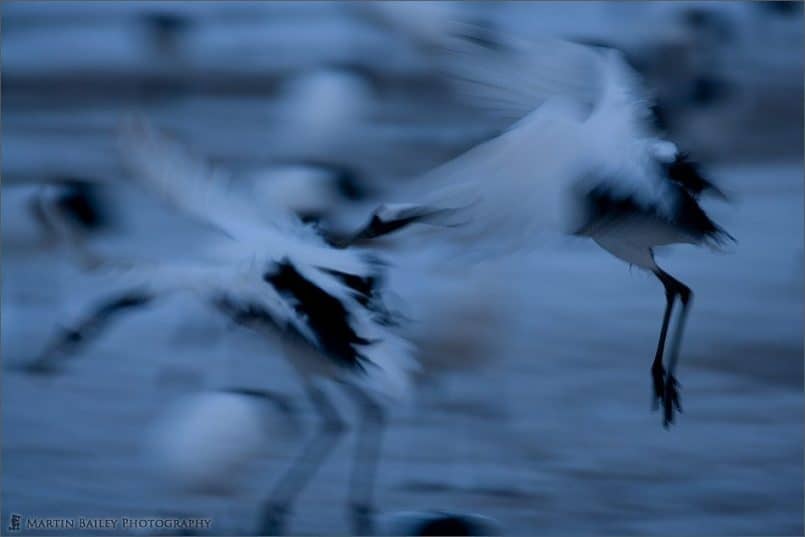
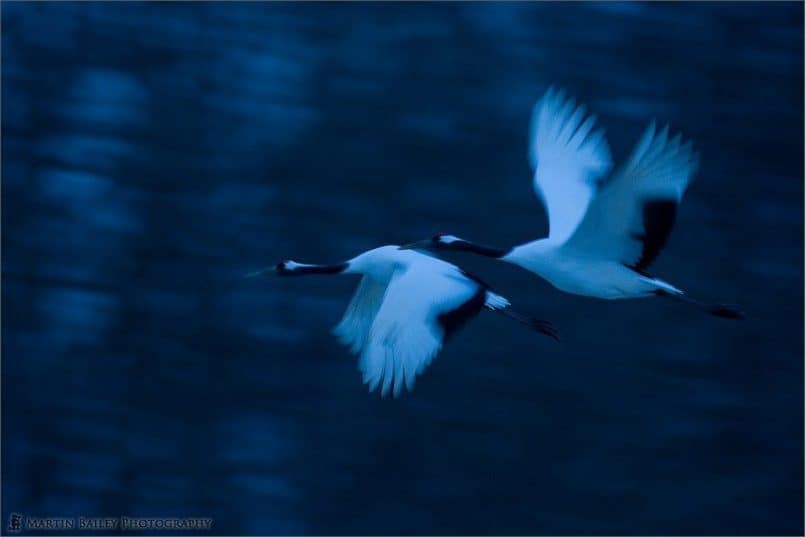
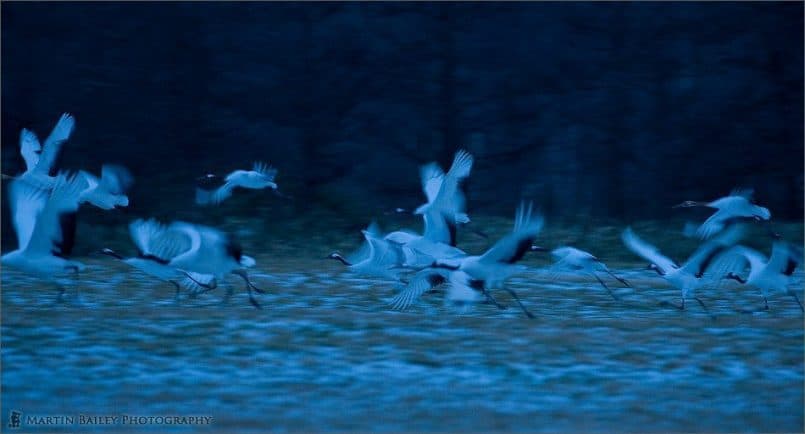

0 Comments